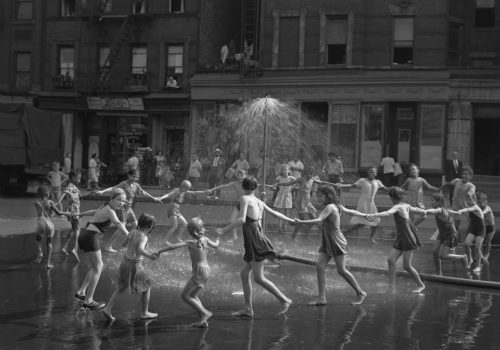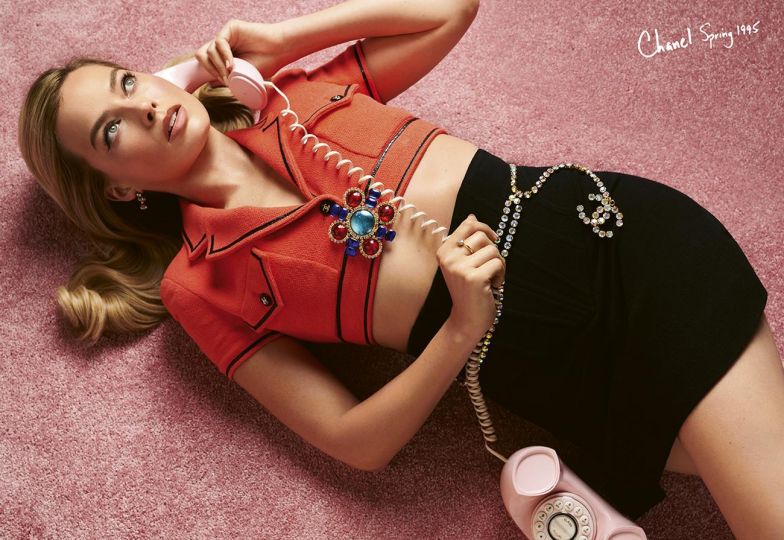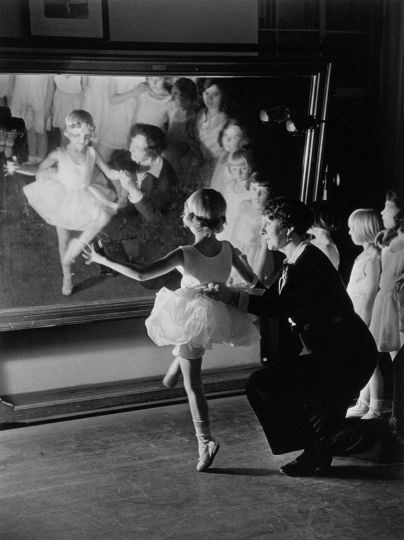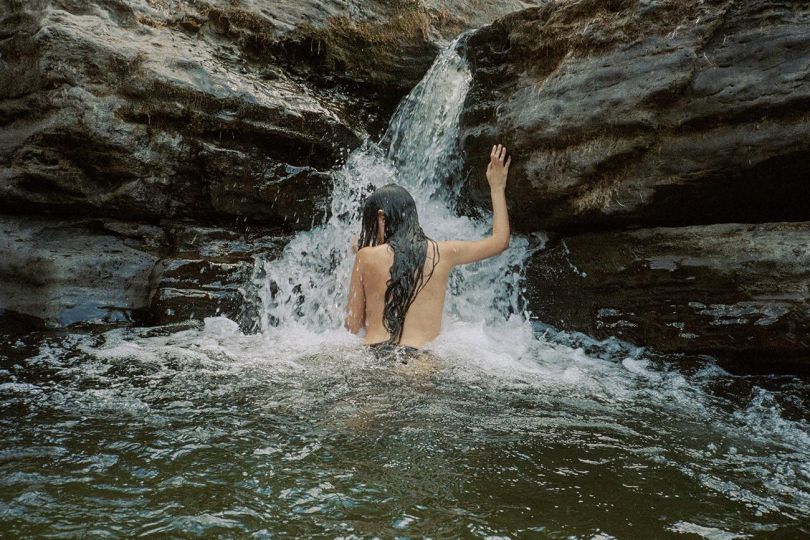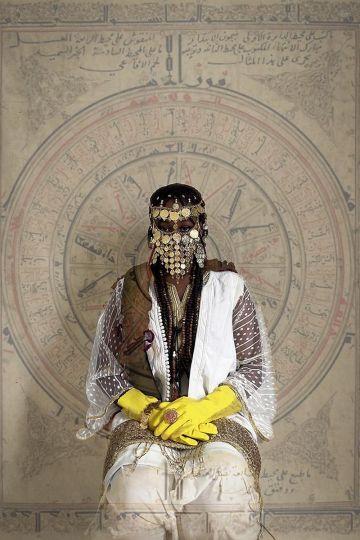Todd Webb had been a stockbroker, a gold prospector, a fire ranger, and a military man. But once the war was over and he moved to New York City – sharing an apartment with photographer Harry Callahan – it didn’t take him long to make a remarkable circle of friends: Walker Evans, Georgia O’Keeffe, Alfred Stieglitz, Gordon Parks, Berenice Abbott, and on and on. Webb shot the iconic and idiosyncratic sides of New York, both her sweeping skylines as well those tiny, fleeting moments that define life in the City. Once his talents were noticed (chiefly by Stieglitz and Beaumont Newhall, the photography curator at the Museum of Modern Art), Webb’s rise was extraordinary: After less than a year in the City, he landed a prestigious solo show at the Museum of the City of New York.
This April, 70 years after that show, and 17 years after he passed away at the age of 94, Todd Webb is having a moment: His work is not only the subject of an exhibition at The Curator Gallery in Chelsea, but of a retrospective at the Museum of the City of New York and, in the Fall, a book. As the curator for the gallery show, I had the opportunity to study Webb’s journal, which he kept for nearly 40 years, from before the time he moved to New York in 1946 until 1984. His writing describes not only the making of specific photographs but also his evolution into a master photographer, a New Yorker, and a man. Here, a few of his most compelling pictures and excerpts.
2/25/1946
In spite of the cold and windy weather, I had to go out today. The light was beautiful and I was full of New York. I took the subway down to the Village at Houston Street, walked East to Mulberry Street and made a few negatives en route. I had never worked down there and I was excited by a new view of New York. On Mott and Mulberry Streets, North of China Town, the streets are literally teeming. There are street markets, pushcarts parked end to end in front of the endless rows of small stores. Both stores and the pushcarts sell fruit, vegetables, neckties, fish, clothing and everything under the sun. The smells, the noise and the whole feel of the place are just not describable and I couldn’t photograph it. But I want to go back and try.
3/4/1946
I poured three nickels into the telephone while I was talking to Berenice [Abbott] today. She had been to the Weston show and had a lot of uncomplimentary things to say about him. She even questioned his sex life. Minor White came by last night and we had a good talk. He was trying to explain his system for evaluating photographs. Very cold-blooded for my money.
3/19/1946
[Photographer Alfred] Stieglitz showed me a letter from Ansel [Adams] that had just come in. While we were talking about Adams he said I had something that Ansel didn’t have in his photographs. I didn’t have the nerve to ask him what but he told me anyway. He said, “Your photographs have tenderness.”
3/19/1946
Made a portrait of Stieglitz today. Jeez, was I scared! I didn’t even get the camera set up straight and consequently the background is all cockeyed. I had just finished photographing some O’Keeffe paintings and I had one sheet of film left . . . He suggested that while I had my camera set up I should make the [portrait]. What could I do with one negative? I made the exposure and began to take my camera off the tripod. He said, “Is that all you are going to take?” And I said that it was. He said, “Good. I thought it felt pretty good.”
3/21/1946
Once in a while I have some doubts. Is all of this sacrifice I am making worthwhile? I have hundreds of new photographs but what does it mean? On the other hand, if I were working on a job I would probably only have a few hundred dollars to show for my time and what the hell would that mean? I would rather have the pictures. The dollars would be spent and forgotten in a year or two. The photographs will represent the rich and wonderful living I am experiencing for many years.
4/25/1946
Had a letter from Mr. [Hardinge] Scholle, the director of the museum of the City of New York. He wants to see me about having a one-man show of my New York photographs. Beaumont Newhall is the person I have to thank for that contact. I feel much indebted to the Newhalls . . . Have I enough work and is it ripe for showing? They talked about 100 prints but that seems a lot to me. Went to Stieglitz to see what he thought of it.
5/2/1946
Went to Nancy and Beaumont [Newhall’s] party last night. Quite an affair with 1929 champagne. Lots of people there. . . Lisette Model and her husband. . . Berenice, Helen Levitt, Dorothy Norman (O’Keeffe was at the door but when she saw Dorothy she turned around, got on the elevator and went home), Minor [White], Paul Strand, Andre Kertesz, and a number of other people.
4/20/1946
“I was setting up my camera to do a store front on South Street near the Fulton Market when four young, Eastside kids asked me to take their picture. They were nice and I thought they might fit in well with what I was doing. I asked them to stand in front of the store window. They stood in a row and I asked them to just stand as they were talking. The boy who seemed to be the leader said with an Eastside accent, “Oh, you mean nonchalant. O.K. guys, get nonchalant.” It sounded funnier than it reads.
7/5/1946
There is so much [at Coney Island] that just picking out something to photograph is a terrific job. To get the spirit of the place down is hard but something that I want to do. It is a wonderful part of New York . . . All the country fairs in the country in one place. And every Sunday. The wonderful expressions. The people just arriving on the crowded trains. Raring to go. The people ready to go home. Hot, sticky, just plain tired, bored, disappointed, sunburned, stomachs tortured by too many hot dogs, corn on the cob, frozen desserts. I think I will never come here again. Maybe. How am I going to get that stuff down?
7/24/1946
I am photographing as well or better than I ever have. I am full of things to do and I have no spare time on my hands. It seems like a very good life. My equipment is about as complete as I could wish. I am broke. But what the hell, you can’t have everything.
8/5/1946
Life goes on around me and I am a living breathing part of it. I feel things, the people, the buildings, the streets, and I have something to say about them in the medium of photography.
11/11/1946
The anniversary of my discharge from the Navy. A year ago right now, I was on a train en route from Chicago to start this greatest of my adventures to date. What a year! I feel there has been a great development in me. I can feel it meeting people. I have a confidence I lacked before. The scope of my seeing and feeling has enlarged and I believe I can photograph anyplace now. The day called for some celebration but in true Webb fashion, I had forty-cents after the week-end. I went to the bank and found it was a bank holiday. A nickel downtown, a nickel back, a nickel to call Ferd and a package of cigarettes and now I am down to a penny. Luckily, I have plenty of food in the house.
12/4/1946
In spite of being quite broke I am in good spirits. My photography is alive. In it I find joy without measure. It grows continually and with it I grow poorer and richer.
12/31/1946
The last day of what I think was the most exciting year of my life. Exciting and fruitful. The inevitable sadnesses, the death of Stieglitz, Harry [Callahan’s] unhappiness . . . my mother’s illness and my inability to do anything about it and a few other things were completely overshadowed by a fabulous series of great joys, my ability to cope with New York, to be able to photograph the city with love and tenderness, to have some recognition of my efforts and to find true and understanding friends . . . I think I understand now that work, not worry about material things, is the key to happiness for me.
2/27/1947
February has come and gone and I can’t help being happy about the last year. How lucky I was to refuse the advice of several people, including Stryker [Roy Stryker launched the Farm Security Administration’s influential documentary photography program] and Paul Strand to go back to my old job in Detroit as [they believed] there were too many photographers in New York. It has been the richest, most productive year of my life. Lots of credit is due to Stieglitz, the Newhalls . . . Georgia O’Keeffe – and the nameless hundreds of people I have talked to on the streets when I am out with my cameras.
4/7/1947
I find myself frustrated when the light is fine and I can only be in one place at a time.
3/24/1948
Tried my Sixth Avenue Panel idea this morning and I might have missed it. It was surprisingly hard to do because of the cars and trucks that just park for a few minutes. Also the cars that come whizzing by from both directions that you must shoot between. You can’t use part of a car in one section. You must have all of it or nothing. I am just getting ready to develop the negatives and I am holding my breath. I think I will have to limit my panel to one block. The cross street is impossible . . .
3/24/1948
The negatives for the panel look great – and now if I can make a set of matched prints!
11/3/1948
There is a great danger when you try to make your living with something you love as much as life itself. There is a temptation to be a success along conventional lines. Success, it always seems to be there, a plum, just waiting to be plucked. But, it is a phony plum. . . . So far I have avoided it but now the danger is greater than ever. . . The secret is to want very little. I must think and write about this. I would now but the stew is burning and the Liederkranz cheese is beginning to run all over the place.
9/21/1954
All this year I have been trying to make photographs I thought an editor would like. That was nonsense for me. Photography has always been a wonderfully exciting experience for me, an effort to explain or transmit the exciting feeling I have always had about living.
1/6/1975
I wonder how many of the thousands of negatives a good photographer makes in a lifetime are significant. Really meaningful and worthy. My guess is that the maximum would be 500. I think I would be happy if I could make 250 to 300 fine prints of my best negatives.
Bill Shapiro
Bill Shapiro is the former Editor-in-Chief of LIFE magazine; he curated the current Todd Webb exhibit at The Curator Gallery; on Instagram, he is @billshapiro
Down Any Street: Todd Webb’s Photographs of New York, 1945-1960
April 20 to May 20, 2017
The Curator Gallery
520 West 23rd Street
New York, NY
USA
http://www.thecuratorgallery.com/
A City Seen: Todd Webb’s Postwar New York, 1945-1960
April 20, 2017
The Museum of the City of New York
1220 5th Avenue
New York, NY
USA

